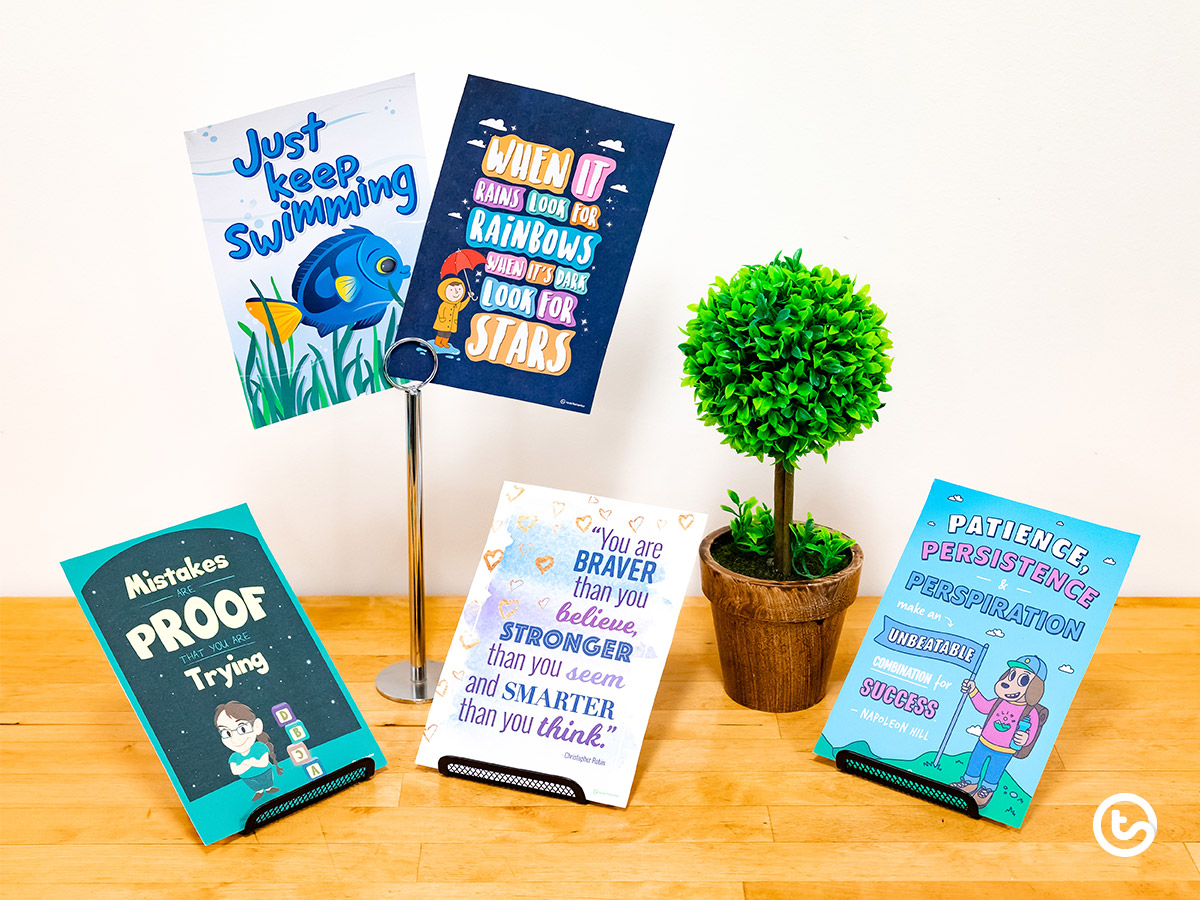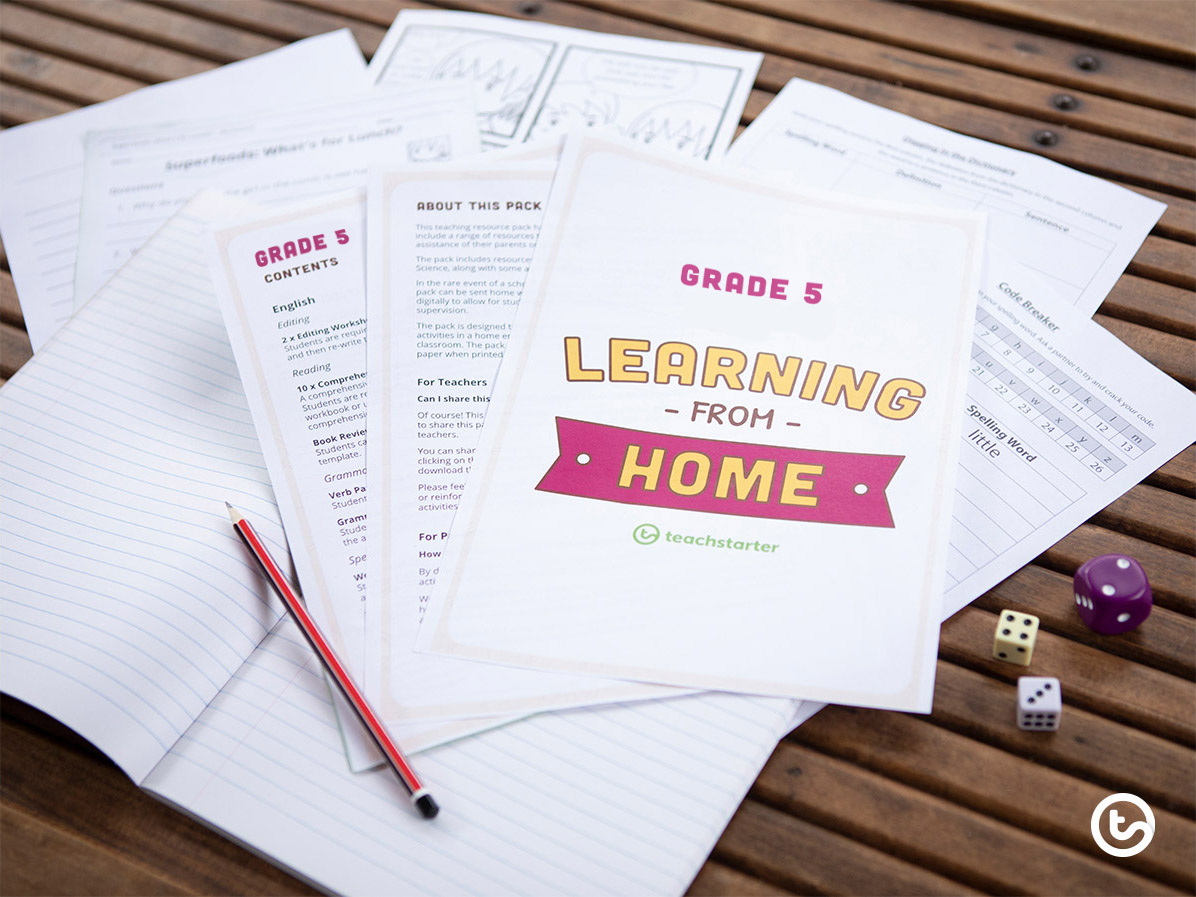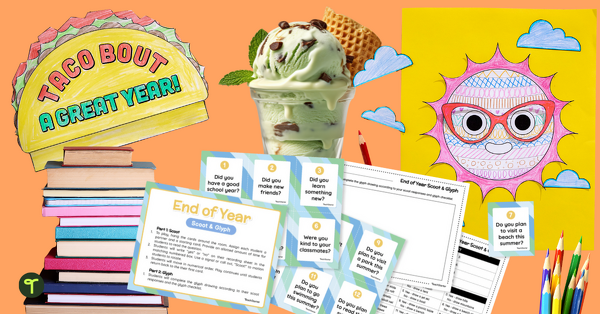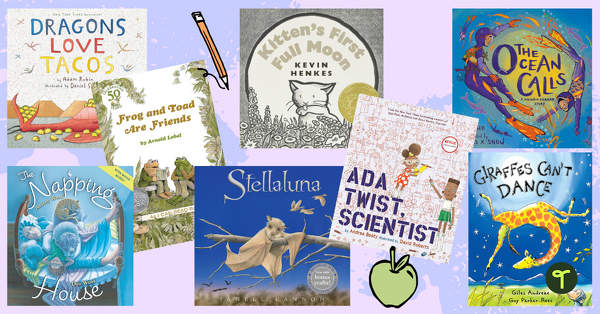Keep a Balanced Approach
Are you feeling overwhelmed? For many teachers, parents, and caregivers, the idea of homeschooling is unfamiliar and overwhelming waters to be treading. And so it’s vital to keep a balanced approach when it comes to homeschooling. We urge you to lean towards an approach that works for your family.
Avoid putting too much pressure on yourself because by doing so, you are likely to set unrealistic expectations. And this is likely to result in feelings of frustration.
Avoid Comparison
Avoid comparison at all costs! Try not to compare what you are doing, or what your children are doing, with others. Comparison is a slippery slope that feeds uncertainty. Be self-assured that what you are choosing to do is the right decision for you. And that is all that matters.
To get started and beat those overwhelming feelings, head to our collection of School Closure Teaching Resources. Here you’ll find two Learning From Home Resource Packs for every grade level, Pre-K – Grade 6. Plus, four weekly activity grids for each grade level.
The resources included cover the key learning areas of Language Arts, Math, and Science, along with some additional craft, fitness, and mindfulness activities!
Use a Visual Schedule
Do you love routine? A visual schedule can bring structure and predictability to your child’s day! Also, it’s a great way to increase motivation to complete less desirable tasks by showing what preferred activities are scheduled throughout the day!
We have put together a visual daily schedule to help plan and visualize your child’s at-home learning schedule. It includes a daily schedule template that has been split into morning and afternoon, as well as a set of 29 icon cards showing a range of tasks – everything from getting dressed and brushing your teeth to Spelling, Math, even a Virtual Field Trip.
Top Tip: Cut out the task cards and use velcro dots on the daily schedule to make it easier to change daily!
Enjoy Incidental Learning
Incidental learning is any learning experience that was unplanned, and takes place without any intent to learn! Homeschooling provides the perfect opportunity to explore informal and naturally occurring opportunities to learn.

You’ll find no end of incidental learning opportunities through play and by getting out into nature.
Practice Mindfulness
There is no doubt that we are experiencing uncertain and stressful times. And it’s important to remember that children (and adults) respond to stress in different ways. For example, children may become more clingy, angry, withdrawn, or unable to focus. Therefore, it is essential that you and your family practice mindfulness daily.
This calming mindful breathing activity for kids is quick, easy, and effective.
Don’t miss our Mindfulness – Learning From Home Pack! This pack includes a collection of mindfulness related teaching resources and activities for parents to use with their children or teachers to send home with students during unexpected school closures.
Take Learning Outside
Fresh air makes everyone feel better! So, if you are lucky enough to have a garden or a small outdoor area close to your home, why not head outside for some homeschooling?
Get organized to learn outdoors by using our useful Outdoor Lesson Box Cut and Assemble Kit. Don’t forget your bug spray!
For more information on the benefits of learning outdoors, read Emma’s blog Opening the Door To an Outdoor Classroom | Creating an Outdoor Lesson Box.
Focus On Life Skills
Learning in the home environment provides the perfect opportunity to teach kids essential life skills. From cooking to budgeting the possibilities are endless! Why not use our Pandora’s Party Palace Math Activity when learning about money?
Here are a few examples of life skills that could develop as part of homeschooling:
- cooking
- household chores
- budgeting
- social skills and manners
- responsibility for belongings
- living sustainably.
You’ll have your household ticking like clockwork in no time at all!
Design, Create, and Innovate
Homeschooling is the perfect opportunity for STEM activities. STEM stands for Science, Technology, Engineering, and Mathematics. Your kids will love the challenge of being given a STEM task. And they will learn the skills of problem-solving, creativity, and critical analysis.
Download our STEM Challenge Cards – Lower Years for a set of 22 challenge cards to encourage critical thinking and problem-solving.
And for older students choose from STEM Challenge Cards – Middle Years or STEM Challenge Cards – Upper Grades.
Keep It Positive
And finally, try to keep things positive. Easier said than done? Yes. Teaching your kids at home can be challenging and frustrating. But, you can go a long way towards keeping things positive by finding a balanced approach to homeschooling.

Part of homeschooling is modeling to children how to regulate our emotions and how to stay calm when things don’t go to plan. So, it’s important to know your emotional triggers. If you start to feel frustrated, irritated, or angry, take a break.
Most importantly, avoid forcing learning and find an approach that both you and your children enjoy. Oh, and let go of perfection!
Make Memories
When all is said and done, remember… have fun making memories stay connected to what is important, and most of all love each other.
“The most important thing in the world is family and love.” – John Wooden
Don’t hesitate to reach out to the Teach Starter team if you need any further help and support. Together we can move mountains #teachstarterus









Comments